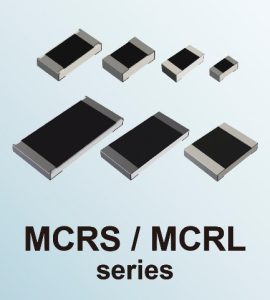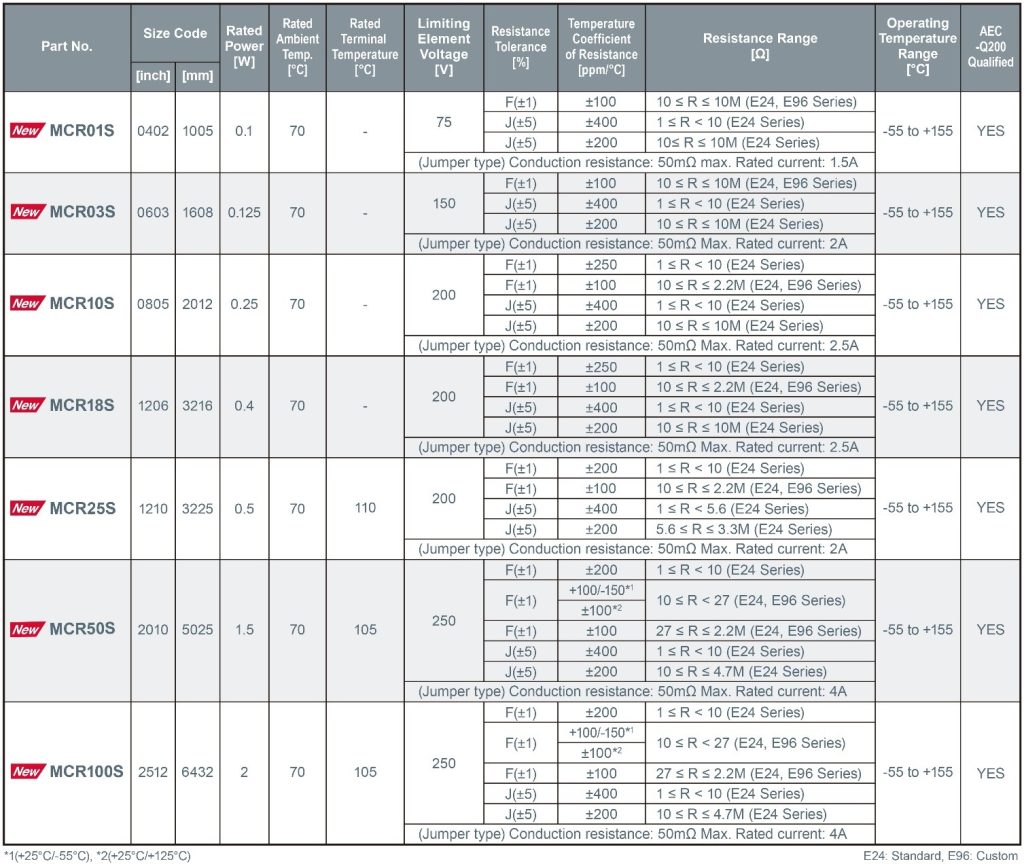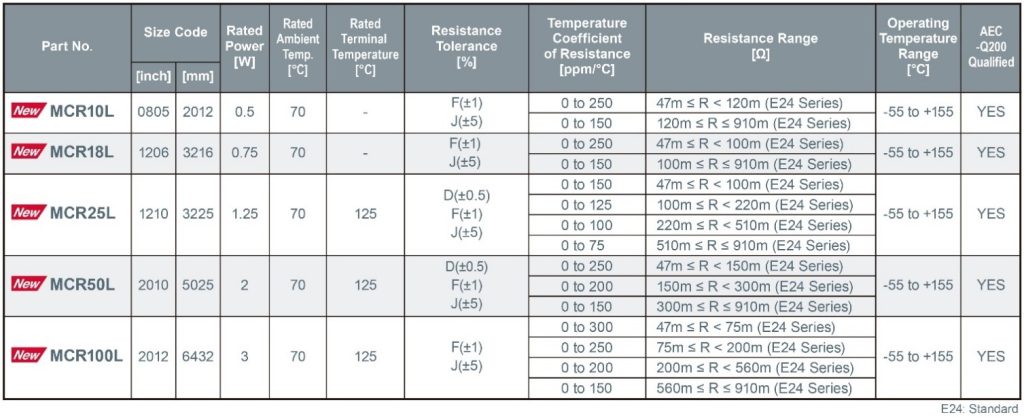Feed aggregator
Project “Genial”: Joint electronics roadmap for innovations in the automotive value chain
The automotive industry is facing significant technological challenges in developing new and innovative features and services. When defining their products, vehicle manufacturers must anticipate future technical advancements in microelectronic platforms, sensors, and semiconductor technologies. At the same time, suppliers and semiconductor manufacturers need early insights into the requirements for upcoming features and services to be able to invest in technology development with confidence.
As part of the “GENIAL!” project funded by the Federal Ministry of Education and Research (BMBF), eleven partners collaborated to develop concepts and methods that help companies in the automotive industry work together more effectively and prepare for the future. The project specifically focused on optimizing the collaboration between automotive manufacturers and their component and technology suppliers to accelerate innovation across the automotive value chain.
The prototypical automotive microelectronics roadmap developed in GENIAL! provides a strategic framework for identifying future market needs, use cases, system models, and technical requirements in the field of automotive microelectronics. This roadmap establishes a shared understanding of the microelectronics requirements of future highly innovative vehicles across the entire value chain. The results enable all market participants, as well as research institutions and policymakers, to manage investments and research activities more effectively. In turn, this facilitates the implementation of significantly shorter and more reliable development processes, allowing new, innovative automotive components to be realized more quickly.
The project was based on a model-based system development approach that utilizes the Systems Modeling Language (SysML) as a modeling language, now integrated into SysML v2. This approach is supported by the AGILA database and further enhanced by the IRIS (Interactive Roadmapping of Innovative Systems) tool, both developed within the project. AGILA serves as a centralized database for capturing the essential information and providing documentation, consistency checks, and version control.
The IRIS tool enables collaborative modeling, exploration, planning, and evaluation of solution alternatives. It also supports non-technical information, allowing considerations such as security of supply, and enables visualizations for roadmapping. To encourage widespread adoption, the project participants will release tools such as AGILA and IRIS as open-source solutions, making them accessible for anyone interested in creating and maintaining roadmaps.
The innovation modeling methodology “IMoG” (Innovation Modelling Grid) defines activities, roles, and process models for the collaborative creation of roadmaps. This spans from the initial comparison of models in the problem and solution space to the practical application of the AGILA and IRIS tools. Documentation of the methodology, along with several training videos, is available for free download.
The post Project “Genial”: Joint electronics roadmap for innovations in the automotive value chain appeared first on ELE Times.
I have an x ray tube in my workshop
 | submitted by /u/antek_g_animations [link] [comments] |
Violated a few regulations, but it works soo well, why doesnt anyone make sth like this
 | submitted by /u/Formal-Fan-3107 [link] [comments] |
Student calls International Space Station with his Magnetometer+Accelerometer-based Satellite Tracker
 | submitted by /u/KJ7LNW [link] [comments] |
Відкрита реєстрація на весняний семестр проєкту Dillugis!
Проєкт міжнародної академічної онлайн мобільності DILLUGIS (Digital Labs & Lectures for Ukrainian, German & International Students) продовжено на весняний семестр 2025 року.
Weekly discussion, complaint, and rant thread
Open to anything, including discussions, complaints, and rants.
Sub rules do not apply, so don't bother reporting incivility, off-topic, or spam.
Reddit-wide rules do apply.
To see the newest posts, sort the comments by "new" (instead of "best" or "top").
[link] [comments]
Quantum Computing Meets Classical Electronics: Bridging Two Worlds for Next-Generation Computing
The field of computing is undergoing a transformative shift with the advent of quantum computing. While classical electronics have been the backbone of digital technology for decades, quantum computing promises to unlock unprecedented computational capabilities. However, these two paradigms are not mutually exclusive; rather, they can complement each other, leading to more efficient and powerful computing architectures. This article explores the latest developments in integrating quantum computing with classical electronics, detailing the technical challenges, innovative solutions, and future implications.
The Foundations: Understanding Classical and Quantum Computing Classical Electronics: The Workhorse of Modern ComputingClassical computing is built on the foundation of semiconductor-based electronics, primarily leveraging transistors, integrated circuits, and Boolean logic. It operates on bits, which can either be in the state of 0 or 1, and relies on deterministic algorithms to process information.
Quantum Computing: The Next FrontierQuantum computing introduces a fundamentally different approach, utilizing qubits instead of bits. Qubits can exist in superposition, meaning they can represent both 0 and 1 simultaneously, and leverage entanglement for highly efficient parallel computations. This enables quantum systems to solve problems that are infeasible for classical computers, such as complex optimizations, cryptographic analysis, and molecular simulations.
Bridging the Gap: Integrating Quantum and Classical SystemsQuantum processors (QPUs) do not operate in isolation; they require classical electronics for control, measurement, and data processing. The integration of these two domains is critical to making quantum computing practical and scalable.
Classical Control of Quantum Systems- Cryogenic CMOS Electronics: Since qubits operate at extremely low temperatures (near absolute zero), classical control electronics must function reliably at cryogenic conditions. Innovations in cryogenic CMOS technology enable signal processing and qubit manipulation without excessive thermal noise.
- High-Speed Digital-to-Analog and Analog-to-Digital Converters (DAC/ADC): These components are crucial for translating classical instructions into precise qubit operations and reading quantum state measurements.
- Low-Latency Error Correction: Quantum error correction requires real-time classical processing to mitigate decoherence and maintain computational accuracy. Specialized classical processors are being developed to handle these operations efficiently.
Many quantum algorithms require classical pre- and post-processing. Examples include:
- Variational Quantum Eigensolver (VQE): Used in quantum chemistry, where a classical optimizer adjusts quantum circuit parameters to minimize energy states.
- Quantum Approximate Optimization Algorithm (QAOA): A hybrid approach that leverages quantum computation for complex combinatorial problems while using classical methods for optimization refinement.
As quantum processors scale up, the overhead on classical electronics increases significantly. The interconnect complexity, power consumption, and latency must be optimized to handle thousands of qubits efficiently.
Heat DissipationOperating classical electronics near quantum processors requires careful thermal management to prevent interference with qubit coherence. New materials and low-power circuit designs are being explored to address this issue.
Data Transfer BottlenecksQuantum computations generate vast amounts of data that must be efficiently transferred to classical processors for analysis. Advanced data compression and high-speed interconnects are being developed to enhance performance.
Emerging Solutions and Innovations Photonic InterconnectsOptical communication is being explored to connect classical and quantum systems with minimal signal degradation. Photonic links enable faster and more reliable transmission of control signals and readout data.
Neuromorphic Computing for Quantum Error CorrectionNeuromorphic processors, which mimic the human brain’s neural networks, are being investigated to handle real-time quantum error correction more efficiently than traditional digital processors.
AI-Assisted Quantum ControlMachine learning algorithms are being integrated into quantum control systems to optimize pulse sequences, error correction strategies, and system calibrations dynamically.
Future Directions: Towards a Quantum-Classical Hybrid EraThe future of computing lies in a seamless fusion of quantum and classical technologies. Research is progressing towards developing quantum-classical hybrid architectures that harness the best of both worlds. Potential advancements include:
- On-Chip Integration: Embedding quantum and classical components onto the same chip to reduce latency and improve scalability.
- Fault-Tolerant Quantum Systems: Advancements in quantum error correction that minimize the need for excessive classical post-processing.
- Cloud-Based Quantum Computing: Platforms where classical systems offload computationally intensive tasks to quantum processors over high-speed networks.
The integration of quantum computing with classical electronics represents a monumental leap in computational capabilities. By overcoming current technical challenges, researchers are paving the way for a new era of computing where quantum and classical systems work in unison to solve the most complex problems. The convergence of these technologies will not only drive breakthroughs in artificial intelligence, materials science, and cryptography but also redefine the limits of human knowledge and innovation.
The post Quantum Computing Meets Classical Electronics: Bridging Two Worlds for Next-Generation Computing appeared first on ELE Times.
ROHM’s New General-Purpose Chip Resistors Contribute to Greater Miniaturization
Achieves equivalent rated power in a smaller size with guaranteed stable long-term supply
ROHM has expanded its portfolio of general-purpose chip resistors with the MCRx family. It is designed to achieve greater miniaturization and enhanced performance across a variety of applications. The new lineup includes the high-power MCRS series and low-resistance, high-power MCRL series.
In today’s era of advancing functionality and electrification, the increased miniaturization and improved performance of electronic components have become critical issues. This is especially evident in the automotive market, where the proliferation of electric vehicles (xEVs) is accelerating the use of electronic components. Similarly, the industrial equipment market is experiencing growing demand for compact, high performance electronic components as machinery becomes more functional and efficient. ROHM addresses both of these needs with the MCRx family of compact, high-performance resistors.
The MCRS series improves rated power and TCR (Temperature Coefficient of Resistance) characteristics by optimizing the internal structure and incorporating new materials, enabling use in a smaller size compared to conventional products. A broad lineup in sizes ranging from 0402-size (0.04inch × 0.02inch) / 1005-size (1.0mm × 0.5mm) to 2512-size (0.25inch × 0.12inch) / 6432-size (6.4mm × 3.2mm) is available, making it possible to select the ideal product based on mounting space requirements. This leads to a compact, efficient circuit design, significantly increasing design flexibility. Meanwhile, the MCRL series, a low-resistance variant of the MCRS series, is offered in sizes ranging from 0805-size (0.08inch × 0.05inch) / 2012-size (2.0mm × 1.2mm) to 2512-size (0.25inch × 0.12inch) / 6432-size (6.4mm × 3.2mm) ideal for current detection applications.
The MCRx family adopts a redesigned internal structure, improving production efficiency, quality, and product reliability across all sizes. Compliant with the AEC-Q200 automotive reliability standard, this series meets the increasing demand for electric vehicles (xEVs) while contributing to market expansion in communications infrastructure such as base stations and servers as well as factory automation equipment. In addition, the products are designated for long-term stable supply, supporting continuous use in long-life applications such as industrial equipment.
The MCRS series will be expanded to include compact 0201-size (0.024inch × 0.012inch) / 0603-size (0.6mm × 0.3mm) products capable of withstanding temperatures up to +155°C. At the same time, the MCRE series will soon offer completely lead-free 01005-size (0.016inch × 0.008inch) / 0402-size (0.4mm × 0.2mm) products. These additions will allow ROHM to respond to the demand for further miniaturization while complying with environmentally-driven voluntary regulations and export restrictions.
Going forward, ROHM is focused on developing and manufacturing products that cater to the diverse needs of customers worldwide. In particular, ROHM will continue to expand its lineup of resistors (its founding products) that improve miniaturization and reliability while ensuring long-term stable supply. By consistently delivering new value through technological innovation, ROHM seeks to solidify its market position and drive the evolution of electronic components.
Product Lineup MCRS Series <High-Power Type> MCRL Series <Ultra-Low Ohmic ・ High Power Type> MCRE Series <Completely Lead-Free Type> Application ExamplesSuitable for a wide range of applications (excluding medical, military, aerospace, and nuclear control equipment)
Automotive- Electric vehicles (xEVs): Battery Management Systems (BMS), powertrain control, Advanced Driver Assistance Systems (ADAS)
- In-vehicle electronics: Engine Control Units (ECUs), infotainment systems, and more
- Robotics: Control systems for industrial robots
- Factory Automation (FA): Automated product line control systems
- Power conversion equipment: Inverters, converters, and more
- Smart devices: Smartphones, tablets, wearables
- Home appliances: TVs, refrigerators, washing machines
- Network equipment: Routers, switching hubs, communication equipment for data centers, etc.
The post ROHM’s New General-Purpose Chip Resistors Contribute to Greater Miniaturization appeared first on ELE Times.
u-blox expands its NORA-B2 Bluetooth LE modules series using the nRF54L chipsets to address all mass market segments
The new nRF54L chipset-based wireless modules reduce current consumption and double processing capacity, catering to diverse mass market segments.
u-blox a global leader in positioning and short-range communication technologies for automotive, industrial, and consumer markets has expanded its portfolio by introducing six new variants of the NORA-B2 Bluetooth Low Energy modules. Now integrating the entire range of Nordic Semiconductor’s next-level nRF54L Series of ultra-low power wireless Systems-on-Chip (SoCs), NORA-B2 offers a versatile solution for mass market segments thanks to its choices of antennas, architectures and chipsets.
The new additions keep delivering on NORA-B2 promises, providing multiple operational benefits. The wireless modules combine ultra-lower power consumption and high processing efficiency, consuming up to 50% less current than previous-generation devices while doubling process capacity. They also offer outstanding security features, which makes them ideal for a wide range of IoT applications, such as smart home devices, industrial automation, or healthcare.
The entire NORA-B2 series comprises four variants that differ in memory sizes, design architectures and price levels to match almost any device manufacturer’s requirements.
- NORA-B20 uses ultra-low power nRF54L15 SoC and integrates a 128 MHz Arm Cortex-M33 processor, a RISC-V co-processor, and an ultra-low power multiprotocol 2.4 GHz radio. It comes with 1.5 MB of Non-Volatile Memory (NVM) and 256 KB RAM.
- NORA-B21, based on ultra-low power nRF54L10 SoC, is designed for mid-range applications. It has 1.0 MB of NVM and 192 KB of RAM and can handle multiple wireless protocols simultaneously, including Bluetooth LE, Bluetooth Mesh, Thread, Matter, Zigbee, and Amazon Sidewalk.
- NORA-B22 is designed for cost-sensitive applications but still provides access to up to 31 GPIOs. It offers 0.5 MB of NVM and 96 KB of RAM.
- NORA-B26 is designed for customers using the Network Co-Processor architecture and comes pre-flashed with the u-blox u-connectXpress software, allowing customers to easily integrate Bluetooth connectivity into their products with no prior knowledge of Bluetooth LE or wireless security.
All NORA-B2 modules are designed for PSA Certified Level 3 security. They incorporate features such as secure boot and updates, tamper detection, and secure firmware over-the-air (FOTA) updates. These security measures ensure that IoT devices remain protected against any potential threats, safeguarding both data and functionality. NORA-B2 modules are also qualified against Bluetooth Core 6.0 that includes Channel Sounding, enabling endless cost-effective possibilities in tracking and locating use cases.
NORA-B2 variants either come with an antenna pin for connecting an external antenna of choice or are designed with a patented PCB antenna providing best-in-class RF performance. All module versions come with global certification allowing device manufacturers to launch their products worldwide with minimal effort.
“We are excited to see Nordic’s entire nRF54L Series of SoCs seamlessly integrated into the NORA-B2 module series. The market demand for energy-efficient solutions at a competitive cost is growing rapidly, and this product category is well-positioned to meet that need. u-blox’s commitment to staying ahead of industry and market trends reinforces our confidence in this valuable partnership,” says Thomas Holmberg, Regional Sales Director at Nordic Semiconductor.
Samples of NORA-B20 are now available. Early samples of NORA-B21 and NORA-B22 are available for evaluation in limited quantities. The pre-release version of u-connectXpress software for NORA-B26 is also available for early adopters. For more information on the NORA-B2 series and how it can benefit your IoT projects, visit the u-blox website or contact your local u-blox salesperson or distribution partner.
The post u-blox expands its NORA-B2 Bluetooth LE modules series using the nRF54L chipsets to address all mass market segments appeared first on ELE Times.
Благодійний аукціон для ЗСУ!
Благодійний аукціон для потреб ЗСУ від КПІ ім. Ігоря Сікорського та бренду унікальних прикрас Art-Shot.308 відбувся!







